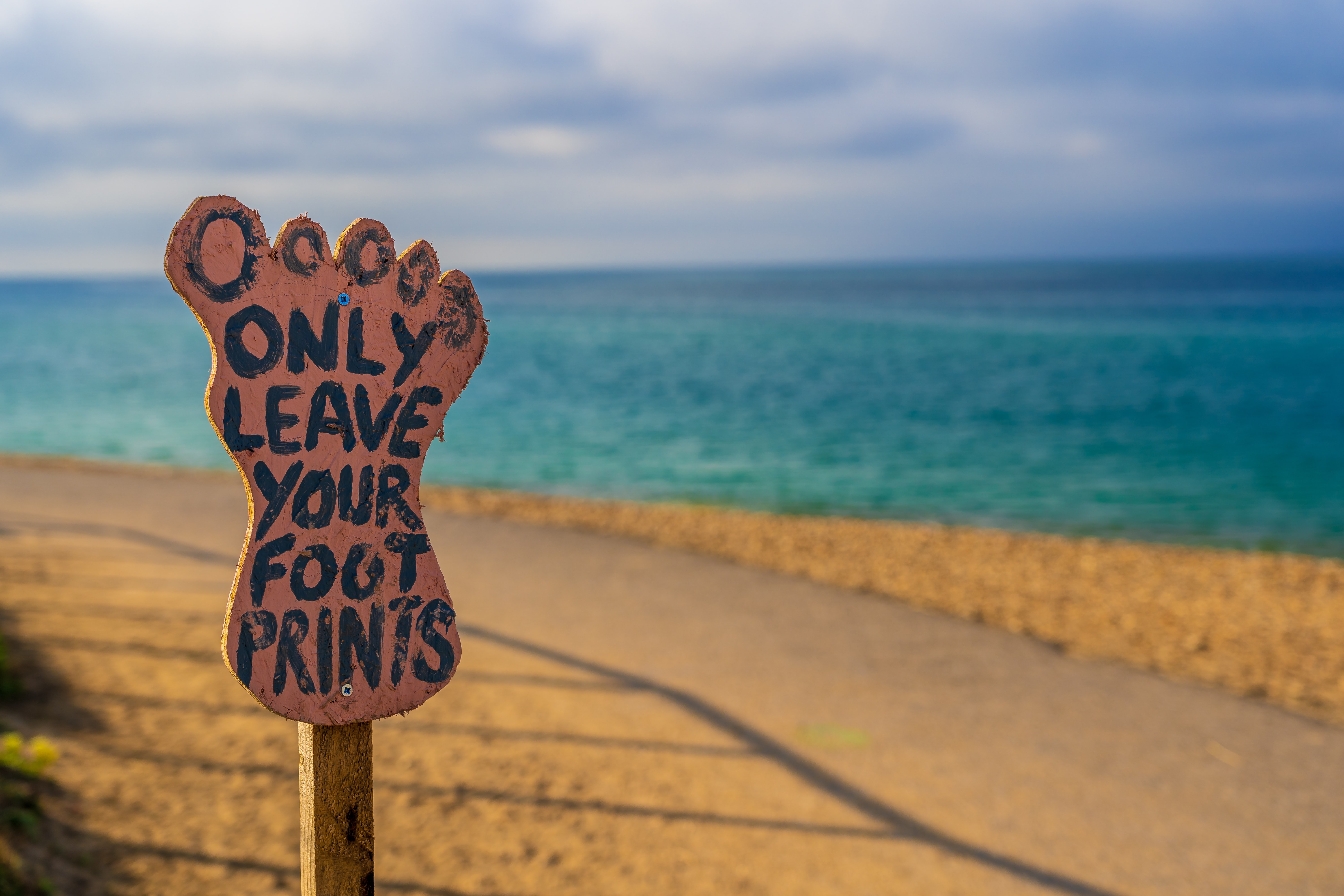2023 – a whole new year filled with exciting, and perhaps scary, possibilities.
For the world of travel incentive programmes, things are certainly looking up. Especially when you, tentatively, look back to the last few years where the pandemic led to the world shutting down and a complete shift in everything we do. Of course, corporate incentive travel isn’t like it was before, and this isn’t a bad thing. The pandemic helped incentives and reward and recognition programmes to evolve into something better, but the road to this powerful new tool wasn’t exactly a smooth one.
Life before COVID-19
Before the pandemic, incentive trips or reward and recognition events were the grand prize used to motivate sales teams to exceed targets. In 2006, the global market for incentive travel, motivational meetings and business events was valued at $77.1 billion, and by 2017, this had grown to $805 billion. In just over a decade, reward and recognition events became an integral part of many business operations because the lines between incentivisation, conferences, and meetings had been irrevocably blurred, not least because the term incentive changed to encompass a variety of reward and recognition tactics and types of incentive travel.
A sudden halt
COVID-19 effectively halted incentive travel programmes, incentive travel companies and incentive travel planners. In our whitepaper ‘The Changing Face of Reward’, we revealed that most of our contacts chose to cancel the usual reward and recognition trips and large events that had been scheduled for most of 2020 due to restrictions placed on face-to-face activity. Additionally, it was thought that spending when annual bonuses and jobs were cut (due to global financial uncertainty) would be damaging to brand and employee retention. The feeling was that reward and travel incentive programmes for some employees and not all reflected badly on the teams who had to forgo the standardised contractual rewards.

In such times of austerity, history has taught us that such ‘luxuries’ were the first thing to go. However, incentives didn’t need to be completely forgotten. Employee recognition during this time would prove more important than ever, and many of our focus group participants chose to instate smaller acts of personalised recognition, like surprise food and drink hampers delivered to employees' homes, personalised hobby vouchers, or support with their children’s education at home (via online courses and technology vouchers), all to reward continued hard work throughout the year.
As restrictions continued to change, we looked to create special, more personal moments for clients and learned a great deal from this, incorporating these learnings into future incentive programmes.
A change for the better
Of course, with one problem finally over, businesses faced another: The Great Resignation. This saw many industries struggling to retain talent and rebuild relationships across teams and functions. Businesses now had to solidify their position as an attractive option for current and future talent, finding new and exciting ways to invest in their people while still finding their feet in a post-pandemic landscape.
As we carefully took the first steps towards a new normal, the need for a strong recognition programme and incentive travel sprang back into action, acting as a powerful solution to this new-found problem as they found a place within organisation strategy. Even still, COVID-19 restrictions hadn’t disappeared overnight, and with it came plenty of extra planning needed and a fair bit of red tape in the form of vaccines, travel restrictions, number restrictions and an overall nervousness from delegates and companies.
But that wasn’t all. Off the back of the pandemic, travel incentives for employees completely transformed, and we think it did so for the better.
/Worcester%20Bosch%20Incentive/Carousel%20-%20Worcester%20Bosch%20Incentive.png?width=1358&height=870&name=Carousel%20-%20Worcester%20Bosch%20Incentive.png)
Our Research and Insights team created a roadmap to success with strategies and predictions on how to create successful incentives over a two-year period. Looking back as we reach the final stages of the timescale, it’s brilliant to see these predictions were correct. International travel is now completely possible, and incentives are back with a focus on three key areas: personalisation and choice, sustainable incentive programmes, and CSR.
As mentioned above, the pandemic and months following were a time where personal recognition became vital. During a time of great disconnect, it became important for companies to create experiences in the form of incentives that reflected its people and created personal, cherished memories that they wouldn’t forget any time soon. On top of this, incentive travel repositioned itself to be more conscious, with a keen focus on sustainability and CSR. We began really looking at how we could travel with purpose in a post-pandemic landscape, and this still continues to shape how we produce incentives today which can be seen in a recent client incentive trip to the Dominican Republic.
Discover how we incorporated CSR into a recent client incentive trip here.

The future of travel incentives looks bright
Although the last few years have clearly demonstrated that we can’t predict the future, we can certainly have a good go at trying. One thing we can see is that the future of incentives looks very bright. Despite a slow down during the pandemic, financial reports are still suggesting a further $38.45 billion increase in incentive investment before 2025. With that in mind, 2023 is a time to reflect on all the learnings of COVID-19 we mention in our latest white paper, and start putting them into practice. It’s time to create unstoppable reward and recognition programmes with purpose and longevity at the very centre.
.jpg)
By Ami Dorkings
More articles by Ami Dorkings

/RS20188_Penguins_logo_MASTER_2COLOUR%20(1).png?width=1434&height=480&name=RS20188_Penguins_logo_MASTER_2COLOUR%20(1).png)
